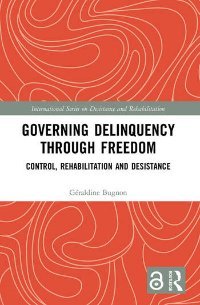By Edward Connors, Barbara Webster, Neal Miller, Claire Johnson, and Elizabeth Fraser
Gangs have been a major contributor to the growth of violent crime in the past decade. Heavily armed with sophisticated weapons, gangs are involved in drug trafficking, murder, witness intimidation, robbery, extortion, and turf battles. Gangs now operate in cities of all sizes, as well as suburban communities throughout the United States; gang violence no longer is limited to major cities. What is being done to stop gang activity? Federal, State, and local law enforcement agencies across the country have implemented innovative and resourceful initiatives to stop gangs from terrorizing our communities. Interagency and multijurisdictional efforts range from special units dedicated to investigating and prosecuting gang-related crimes to state-of-the-art surveillance equipment and sophisticated data collection and analysis technologies. Our purpose in developing Model Strategies for Urban Street Gang Enforcement was to create processes and strategies that would be useful in many jurisdictions. No one method will solve the gang problem; however, some methods are more effective and better suited to certain situations. This monograph presents strategies to enhance prosecution of gang related crimes. It focuses exclusively on enforcement and prosecution strategies against urban street gangs. The model programs introduced here offer strategies largely based on the practical experiences of agencies that participated in a demonstration program funded by the Bureau of Justice Assistance (BJA) and designed to establish model approaches to prevent and suppress gang violence. This monograph offers a step-by-step guide for designing and implementing a program based on Model Strategies for Urban Street Gang Enforcement. It identifies and explores innovative methods of prosecuting gang members involved in criminal activities. Program examples and case studies from the seven demonstration sites illustrate how local objectives were met. By documenting and disseminating effective strategies to combat gang violence, BJA hopes to assist law enforcement agencies.
Washington, DC: U.S. Bureau of Justice Assistance . 1997. 133p.





















